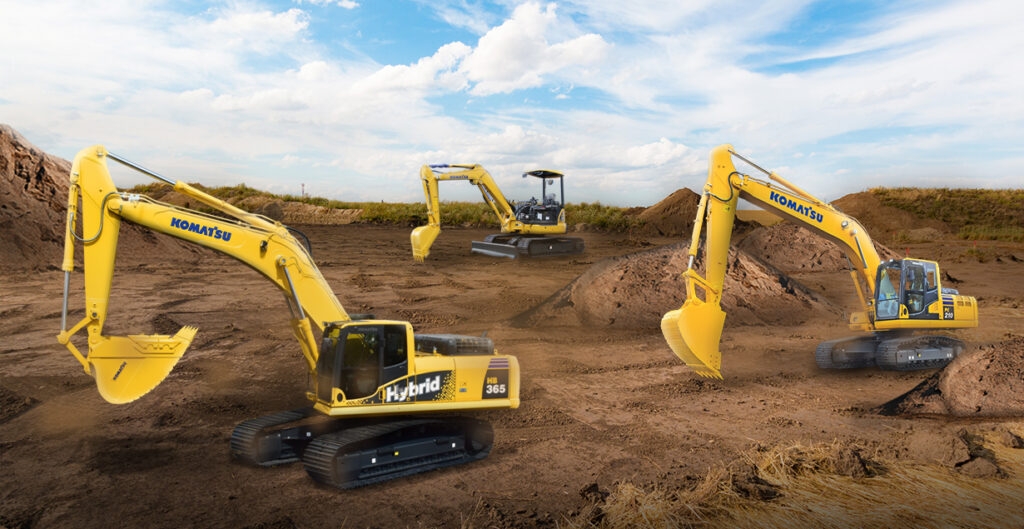
Benching in Excavation: A Comprehensive Method for Safe and Efficient Earthworks
Benching is a critical technique employed in the field of excavation to ensure the safety, stability, and efficiency of construction and earthmoving activities. Whether for building foundations, creating roadways, or laying utility lines, benching plays a pivotal role in managing the risks associated with excavating deep into the earth. This article explores the principles, applications, benefits, and best practices of benching in excavation.
What is Benching?
Benching is a method of excavation that involves creating a series of step-like levels or benches along the sides of an excavated area. These benches serve as stabilizing structures, preventing the collapse of surrounding soil and ensuring the safety of workers and equipment operating in or near the trench or excavation site.
The benching technique is especially vital in excavations that exceed certain depths, where the soil’s natural stability becomes insufficient to prevent sloughing or collapse. The Occupational Safety and Health Administration (OSHA) mandates the use of protective systems like benching in specific conditions to comply with safety regulations.
Principles of Benching in Excavation
1. Layered Excavation: The key concept of benching is the removal of soil in horizontal layers, creating steps with specified widths and heights. The design of these steps is determined based on factors such as soil type, excavation depth, and slope angle.
2.Stability and Load Distribution: Each bench reduces the lateral load on the soil below it, distributing the forces evenly and mitigating the risk of soil movement or collapse.
3.Adherence to Soil Classifications: Soil types are classified into three categories:
•Type A: Cohesive soils with high stability, such as clay.
•Type B: Medium stability soils, including silts and sandy clay.
•Type C: Granular soils, such as gravel and sand, which are less stable.
The benching dimensions and slope ratios vary based on these soil classifications to ensure proper stabilization.
Applications of Benching in Excavation
Benching is widely used in construction and civil engineering projects, particularly in the following contexts:
1.Building Foundations: Deep excavations for multi-story buildings require benching to maintain vertical stability and safeguard workers.
2.Infrastructure Development: Roadways, bridges, and tunnels often necessitate extensive excavation where benching prevents slope failures.
3.Utility Installation: Laying pipelines, electrical cables, and drainage systems often involves trenching that benefits from benching to stabilize the excavation walls.
4.Mining Operations: Open-pit mining employs benching to maintain manageable working levels while extracting minerals efficiently.
Benefits of Benching in Excavation
The benching method offers several advantages, making it a preferred approach in various excavation projects:
1.Enhanced Safety: By reducing the risk of trench collapses and soil sloughing, benching safeguards workers, equipment, and nearby structures.
2.Compliance with Regulations: OSHA and other regulatory bodies mandate the use of protective systems like benching to ensure workplace safety.
3.Cost-Effectiveness: Although benching requires additional effort in planning and execution, it minimizes potential losses from accidents and delays, making it cost-efficient in the long term.
4.Improved Accessibility: The stepped design of benches provides easier access for equipment and personnel, facilitating smoother operations.
5.Environmental Stability: Proper benching minimizes soil erosion and disturbance to the surrounding environment.
Design Considerations for Benching
Successful benching requires careful planning and adherence to engineering principles. Key factors include:
1.Bench Dimensions: The width and height of each bench must be calculated based on the soil type, excavation depth, and angle of repose. For example:
•Type A soils may allow a steeper slope with narrower benches.
•Type C soils require gentler slopes and wider benches to ensure stability.
2.Drainage Systems: Proper drainage is essential to prevent water accumulation, which can weaken soil stability and lead to erosion.
3.Safety Barriers: Installing barriers or railings at the edges of benches minimizes the risk of falls.
4.Monitoring and Maintenance: Continuous monitoring of soil conditions and periodic maintenance of the benches ensure sustained stability.
Get Quick Quote
Upgrade your Projects With our Modern Equipment.
A Newsletter Subscription Services is Available From us
Lorem ipsum dolor sit amet consectetur adipiscing elit ut elit tellus luctus nec ullamcorper mattis.
adipiscing elit ut elit tellus luctus nec ullamcorper mattis.
- Privacy Policy
- Terms & Service
